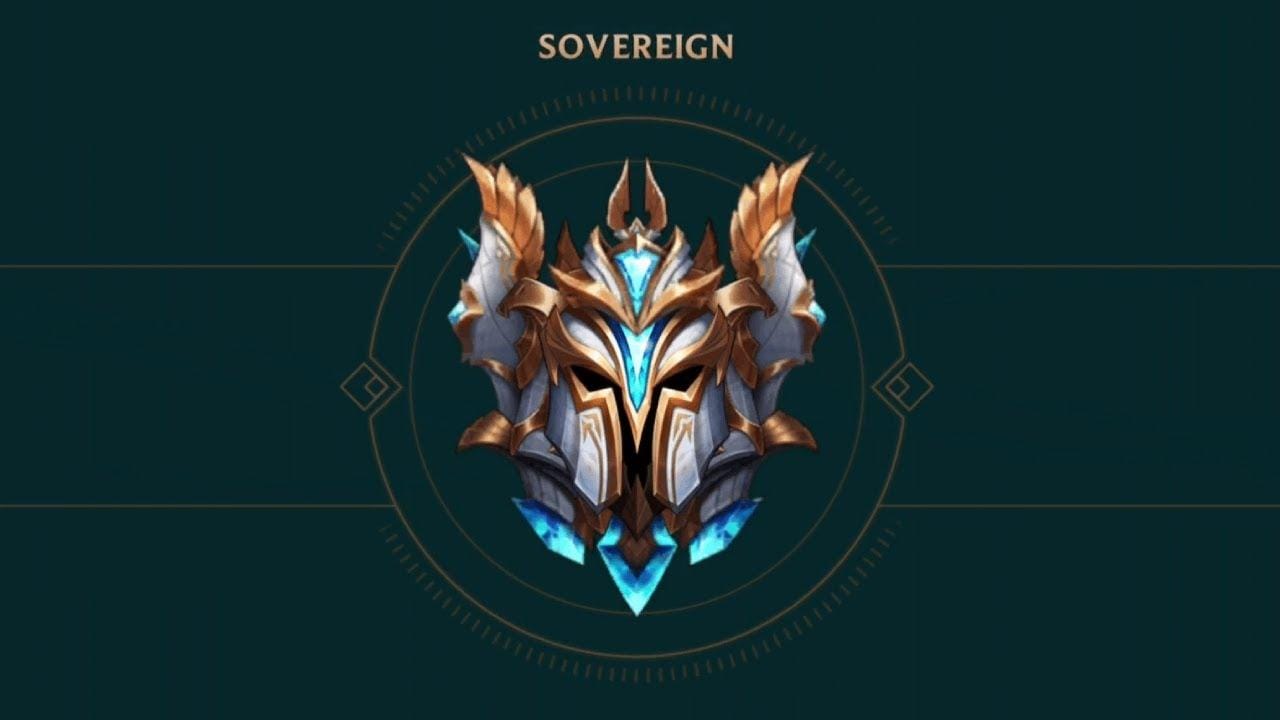

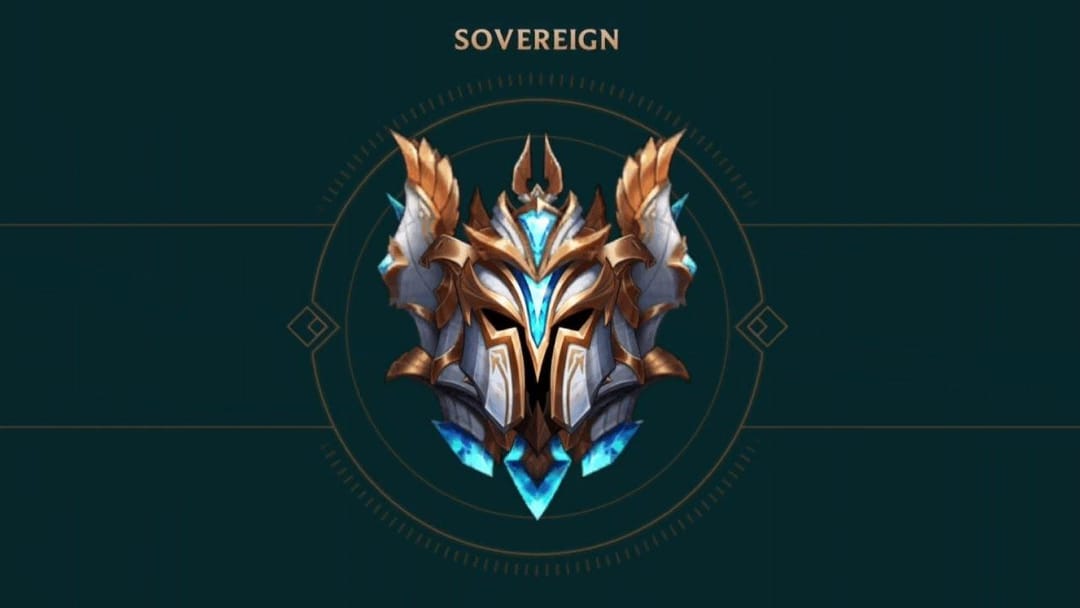
Are you ready to climb the ranks in Wild Rift and prove your skills on the Rift? Understanding the ranking system is crucial for any player looking to reach the top.
In this comprehensive guide, we'll dive into the details of the Wild Rift ranking system, providing you with everything you need to know to rise through the ranks.
The Wild Rift ranking system allows players to compete in the ranked queue when their accounts reach level 10.
The system is designed to match players of similar skill levels and provide a competitive environment for growth and improvement.
The system is divided into tiers and divisions, with players earning marks through victories and losing them through defeats.
Each tier has a specific number of marks required for progression, and overfilling the mark requirement will advance you to the next division, while a deficit will cause you to be demoted.
Wild Rift now features 11 ranking tiers: Iron, Bronze, Silver, Gold, Platinum, Emerald, Diamond, Master, Grandmaster, Challenger, and finally, a new rank above the Challenger rank, Sovereign.
Each tier has its own set of marks and percentile placement requirements, with the difficulty increasing as you climb the ladder.
Tiers are listed below in subsequent order:


It's worth noting that there are currently no placement matches! The Ranked experience starts the very first game you queue up. The old ten Wild Rift placements matches are no longer needed.
As you progress through the ranks, you'll face tougher competition and must demonstrate your skills and adaptability to keep climbing consistently. Remember that reaching the top tier in Wild Rift is a massive achievement.
Wild Rift has introduced an all-new rank above Challenger called Sovereign, representing the absolute elite players in the game. This addition and other adjustments to the high elo ranking system aim to provide a more competitive and rewarding experience for the most skilled and dedicated players.

The promotion requirements for Master to Grandmaster have also been reduced, making it slightly easier for players to climb into the higher tiers. However, the real challenge lies in reaching Challenger and beyond.
The sky's the limit in the Sovereign tier, as there is no cap on the number of marks players can earn. It means that the best players can keep pushing their limits and competing for the top spots on the leaderboard.
In Wild Rift, your progress through the divisions is determined by Marks, which you earn by winning matches and lose by losing matches. Winning earns a Mark while losing removes one (except in Iron and Bronze).
Each tier has a set number of marks required to advance, and if you exceed this number, you'll be promoted to the next division. On the other hand, if you fall below the required number of marks, you'll be demoted to the previous division.
Each tier requires a fixed number of Marks to progress to the next tier:

From Iron to Diamond, each rank is divided into four divisions, denoted by Roman numerals IV, III, II, and I. For example, the Iron tier consists of Iron IV, Iron III, Iron II, and Iron I. After Iron I, you'll progress to Bronze IV, and so on.
As you climb higher, it will take more games to progress through the tiers. For instance, getting through the Diamond rank will require more games than the Bronze tier.
However, the Master, Grandmaster, Challenger, and Sovereign tiers work differently. These tiers do not have divisions. Instead, you'll need to acquire a significantly higher number of Marks to advance from one tier to the next.
This structure ensures that the climb becomes increasingly challenging as you reach higher tiers, with the most competitive and skilled players congregating in the top tiers from Master to Sovereign.
If you manage to make it to Sovereign, you can still earn Ranked Marks. Of course, you'll need all the Ranked Marks you can get because only top players can get a spot on the regional leaderboards that reset once daily!
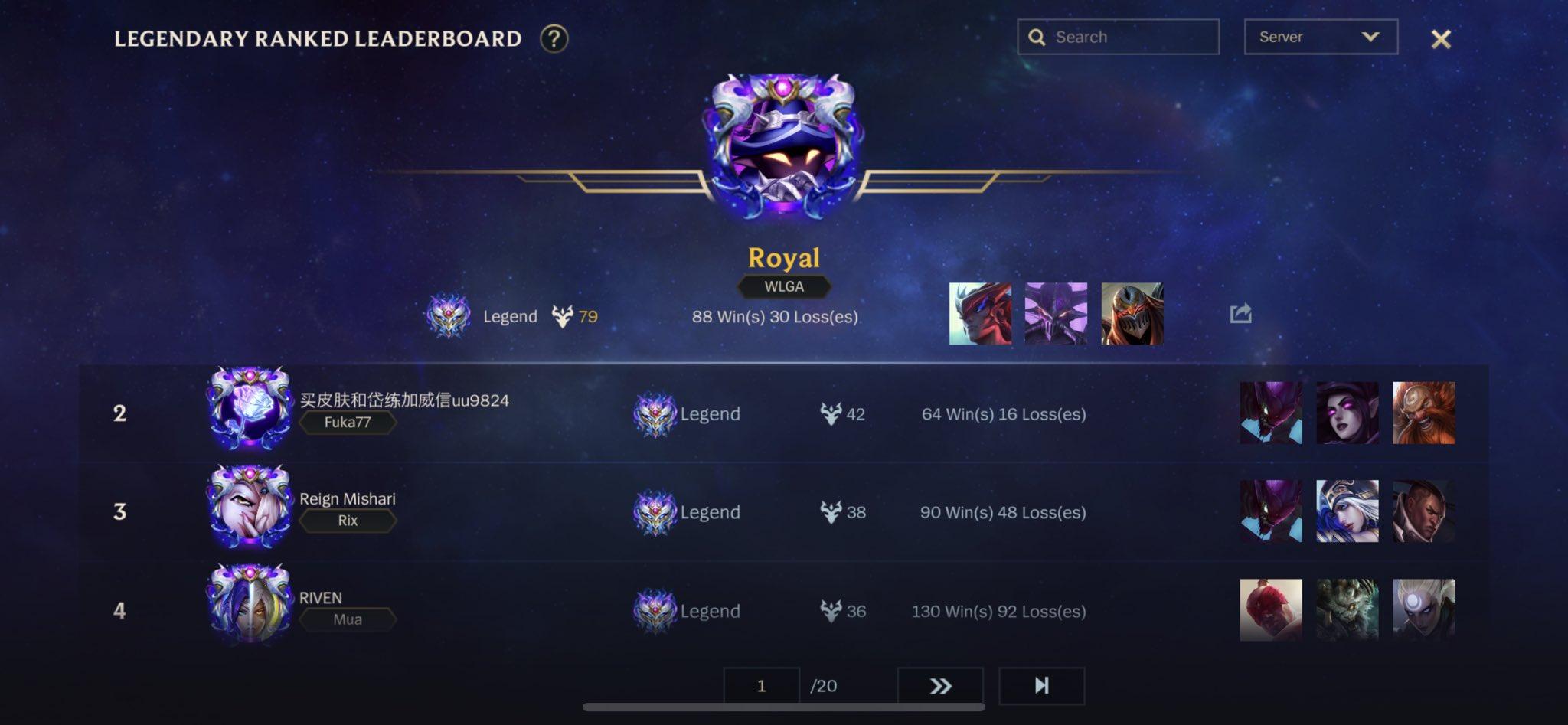
The leaderboard size for each region:
Victory Points have been removed and replaced by Marks.
Ranked Fortitude is a system that rewards players from Iron to Sovereign for consistently performing well in ranked matches. You can earn ranked Fortitude by maintaining win streaks, playing well, or persevering through games with an AFK teammate. Fortitude is displayed as a bar beneath your Ranked icon.
However, engaging in negative behaviour, such as quitting mid-game, can cause you to lose Fortitude points. The system is designed to encourage players to maintain a positive attitude, hence the name "Fortitude." The better and more honorably you play, the faster you'll fill the Fortitude bar.
Each rank has a cap for Fortitude:
Fortitude carries over between promotions and demotions, and each tier has a specific Fortitude maximum. Reaching the cap of Fortitude automatically consumes the amount to grant a Loss Shield, which prevents the loss of one mark when it would otherwise occur.
Fortitude can also be deducted as part of a match penalty, such as leaving a game or being flagged as AFK. However, Fortitude gains can be earned through various means, such as autofill missions, daily first-match bonuses, compensation for griefing teammates, extraordinary performance, honourable defeats, match performance, win streaks, and proactive participation.
It's worth noting that Fortitude has a weekly cap of 1200 that resets every Monday at 00:01 UTC. The Fortitude mechanic resolves before the mark mechanic, adding an extra layer of depth and strategy to the ranking system.
In addition to the changes in the high elo ranking system, Wild Rift is also adjusting the Rank Fortitude system. Rank Fortitude serves as a safety net, helping players mitigate the impact of occasional losses and providing a sense of progression even during tough times.
For tiers below Master, the amount of Fortitude earned per game has been increased, making it easier for players to accumulate Fortitude and benefit from its protective effects. This change aims to help players in lower tiers feel more rewarded for their efforts and less discouraged by temporary setbacks.
However, in some games, the Fortitude gained has been reduced to prevent players from climbing ranks too quickly without demonstrating consistent skill and improvement. This adjustment ensures that the ranking system remains fair and accurate, rewarding players who consistently perform well over those who rely on Fortitude alone to climb.
In the current ranked system, no promotion series are required to advance to a new tier. Climbing between tiers works the same way as climbing between divisions within a tier.
To ascend to the next tier, you simply need to win a single game after reaching 100 marks in your current division. However, this also means that if you lose a game at 0 marks, you will immediately drop down to the previous division or tier.

This change streamlines the ranked climbing experience, making it easier to move up the ladder with a single decisive victory. However, it also means you can lose your progress just as quickly, so consistency is key.
You can queue up for ranked games with parties of one, two, three, or five! Sorry, parties of four—you'll have to stick to the normal queue!
For solo/duo/trio queues, there is a premade party rank limit for each rank:
While the ranking system is the most visible indicator of your progress in Wild Rift, there's another critical factor working behind the scenes: MMR, or Matchmaking Rating. MMR is a hidden rating that determines the skill level of players and is used to create balanced matches.
Your MMR affects the amount of marks you gain or lose after each match, with wins against higher-rated opponents granting more marks and losses against lower-rated opponents deducting more. Win and loss streaks also impact your MMR, with consecutive victories boosting your rating and consecutive losses lowering it.
It's important to note that dodging games or leaving champion select can negatively impact your MMR. While it may sometimes be necessary to dodge to avoid a particularly unfavourable matchup, doing so excessively can hinder your progress and lead to longer queue times.
While Wild Rift and League of Legends share many similarities, some notable differences exist between their ranking systems. Both games feature tiers and divisions, but the specific names and requirements vary. In Wild Rift, players earn Marks for victories and lose them for defeats, while in League of Legends, they gain and lose League Points (LP).
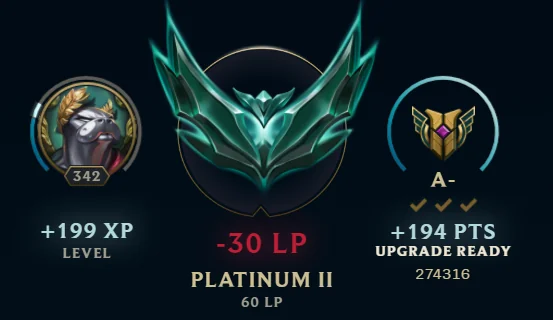
Another difference lies in the season duration and rewards. Wild Rift features shorter seasons than League of Legends, with more frequent resets and climbing opportunities. The rewards for reaching specific tiers and divisions may also differ between the two games.
Despite these differences, the core principles of climbing the ranks remain the same. Focusing on self-improvement, adapting to the meta, and working together with your team are essential for success in both Wild Rift and League of Legends.
Legendary Queue (LQ) in Wild Rift is a highly competitive solo queue experience designed to test the best players' skills. It has its own unique MMR system, separate from standard Ranked, and features public leaderboards for the top 100 players in each region.
To unlock Legendary Queue, you must reach Master rank in the current season and have a Champion Mastery score of at least 1000. You'll retain access to LQ as long as you remain in Diamond or above. If you drop below Diamond, you'll need to climb back up to regain access.
Legendary Queue is only available during specific daily time slots to ensure a sufficient player pool and maintain the integrity of the leaderboards. The schedule varies by region but generally runs from 12:00 to 23:59 local time on weekdays and weekends.
LQ features its own set of tiers and divisions:
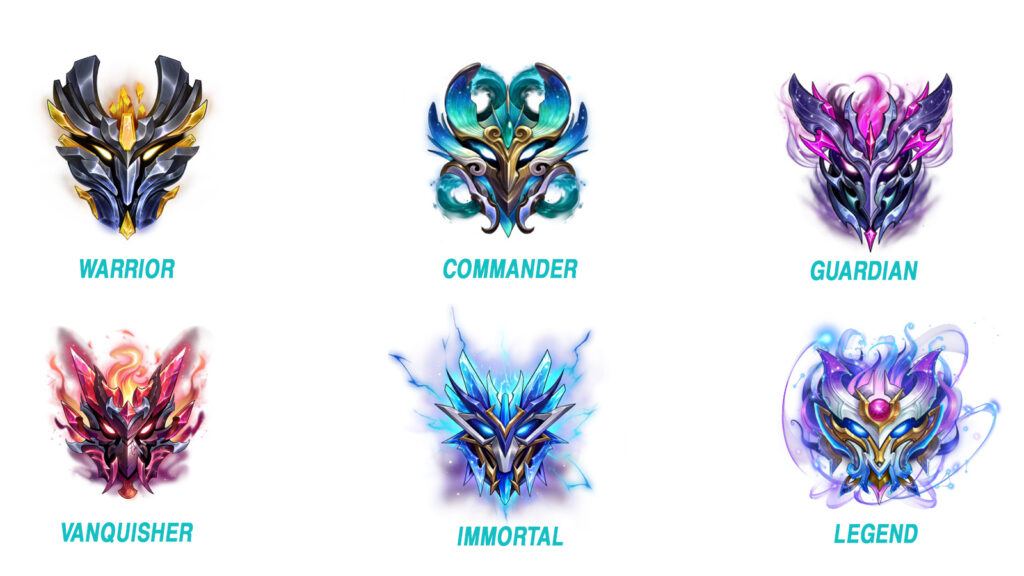
Players earn or lose Legendary Points (LP) based on their performance in LQ matches. Each division requires 200 LP to progress. New players start at Commander IV (800 LP).
Players with more than 800 LP must remain active in LQ to maintain their rank. Inactivity for 7 days will result in a decay of 40 LP per week until the player competes in LQ again or drops back to 800 LP.
Legendary Queue offers exclusive rewards each season, such as icons, borders, banners, baubles, emotes, and special ability augments for the season's Ranked skin. These rewards can be previewed in the Ranked Rewards section of the Riot Games client.
Stats of player % in all tiers show that the average rank of Wild Rift players sits around Silver to Gold. However, based on most players' feedback, the fastest queue time can be for the Platinum and Emerald ranks, which shows a considerable bulk of active Platinum and Emerald players.
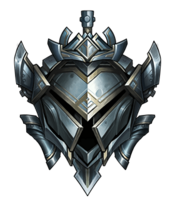
Many top players have seen some decline in matchmaking quality over the seasons. It can be attributed to rank inflation caused by changes implemented by Riot Games, such as removing the Promotion series and adding Ranked Fortitude.
To address this issue, Riot introduced Legendary Queue, a separate queue for high-skilled players. However, many players have become demotivated by the competitive nature of Legendary Queue and have returned to normal ranked, where they can easily defeat lower-skilled players.
Some players are concerned that most mobile game communities prioritize easy wins over competitive matches, leading to the current state of matchmaking in Wild Rift.
Wild Rift coaching from WeCoach can provide personalized guidance, emphasize your strengths, and help you work on your weaknesses. Coaches offer an outside, professional perspective, and their influence can often be transformative. Whether you're looking to optimize your champion pool, improve your macro strategy, or perfect your last-hitting, a skilled coach can give you the advantage to climb the ranks in Wild Rift.
Climbing the ranks in Wild Rift requires individual skill, teamwork, and strategic thinking. One of the most important factors is focusing on champion mastery and staying up-to-date with the current meta. Familiarizing yourself with a diverse pool of champions and understanding their strengths, weaknesses, and synergies will give you a significant advantage in ranked matches.
Map awareness and objective control are also crucial aspects of climbing the ranks. Tracking enemy movements, anticipating ganks, and prioritizing objectives like turrets, dragons, and Baron Nashor can often be the difference between victory and defeat.
Communication and teamwork are equally important, as Wild Rift is a team-based game where coordination and synergy can help you outplay your opponents.
Another key to success is maintaining a positive in-game attitude and learning from losses. Every defeat is an opportunity to identify mistakes, refine strategies, and return stronger. Don't let setbacks discourage you; instead, use them as motivation to keep improving and pushing forward.
If you're wondering what's in it for you when you climb the Ranked ladder, get ready for some amazing prizes! Wild Rift offers a variety of rewards for players who participate in Ranked matches, and the higher you climb, the better the rewards get.
Many of these perks are distributed at the end of the season, giving you something to look forward to after all your hard work. However, some rewards are handed out mid-season for reaching certain tiers, so keep an eye on your Wild Rift inbox for any surprises.
Whether it's exclusive skins, emotes, or other in-game goodies, Ranked rewards are designed to recognize your achievements and make your climb even more satisfying.
Climbing the ranks in Wild Rift is a rewarding experience that seriously tests your skills. By understanding the ranking system, focusing on improvement, and working with your team, you'll reach the top of the ladder in no time!